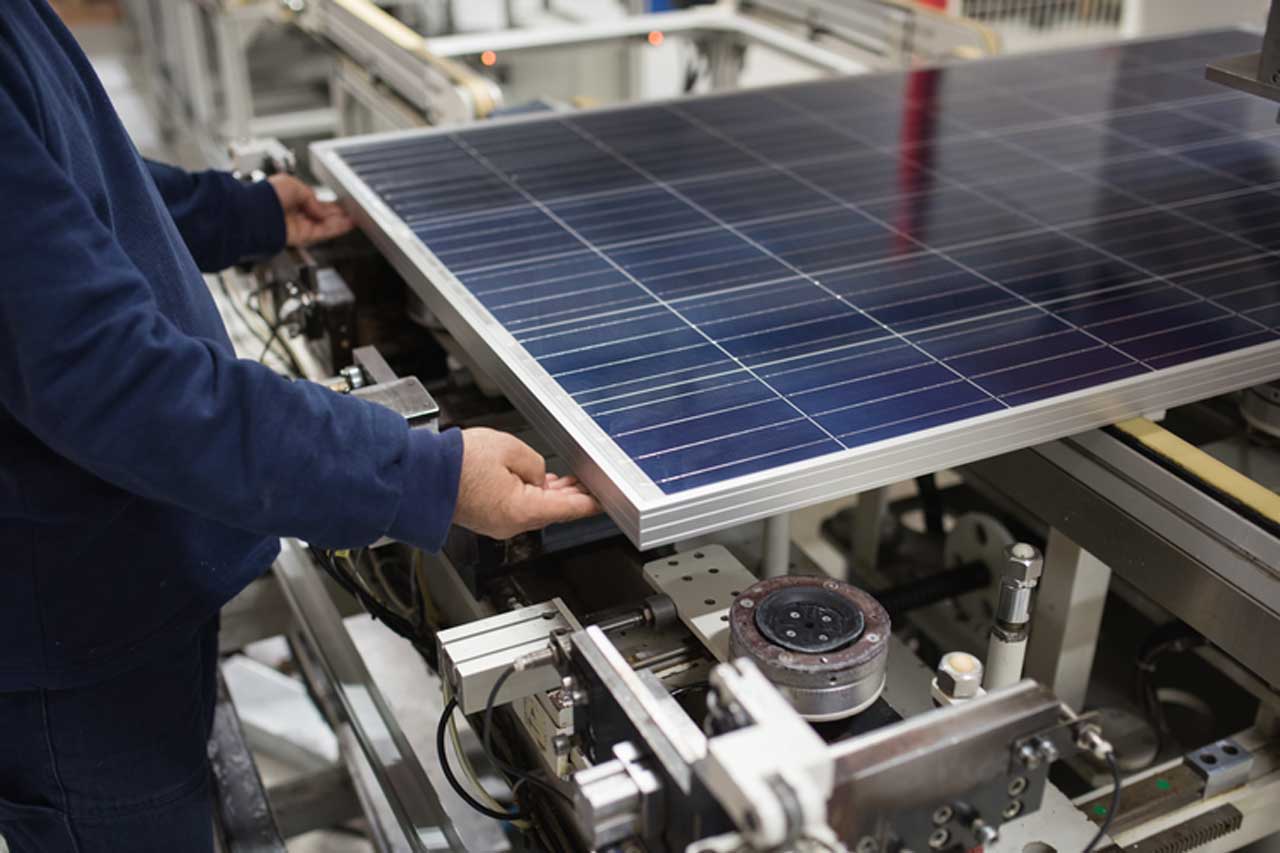Manufacturing has been the key to economic development for decades. However, manufacturing practices have imposed a heavy toll on the environment and society.
Pollution from industrial effluents and massive consumption of natural resources such as water, fossil fuels, and metal ores have caused irreparable damage to human health and ecosystems. Such environmental disruption prompted research into eco-friendly manufacturing methods that would emphasize sustainable material use, energy conservation, and pollution control while still meeting the production demands of the industry.
The rapidly growing eco-design movement is also shifting focus towards eco-efficient design, which balances social responsibility with consumer expectations, market realities, and technical feasibility — adopting eco-friendly practices in factories yields both short-term savings in waste treatment costs while long-term benefits include improved eco-efficiency, less environmental risk, and a sustainable competitive advantage.
What is sustainable manufacturing?
The term “sustainable manufacturing” came into popular use in the late 1980s as a substitute for eco-industrial parks. The concept gained momentum because it covered more ground than eco-industrial parks, those focusing on pollution prevention, recycling, and energy conservation, as well as eco-friendly design practices at the consumer end. Eventually, sustainable manufacturing evolved to refer to improvements in material or energy efficiency within the production facility itself rather than between factories and eco-friendly products such as cars, houses, and washing machines.
Sustainable manufacturing has three major objectives:
- Reduce resource consumption and waste generation through eco-efficient design that minimizes input of nonrenewable resources, energy, and water.
- Promote pollution prevention and reduce environmental releases through the use of eco-friendly technology and process modifications.
- Encourage sustainable practices through corporate social responsibility by engaging workers, suppliers, and customers in environmental stewardship.
How to implement sustainable manufacturing
Factories can make a number of eco-friendly changes to become more sustainable:
- Install efficient lighting such as LEDs which consume 75% less energy than incandescent bulbs and last up to 25 times longer.
- Upgrade heating, ventilation, and air conditioning (HVAC) systems with variable air volume boxes that save energy by cooling or heating only the spaces that are occupied.
- Retrofit machinery with improved insulation, efficient motors, and energy-efficient drives, which lowers electricity costs by 5-25%.
- Use eco-friendly materials that contain a high percentage of recycled content, meet eco-labeling criteria, or are recyclable at the end of life.
- Adopt eco-efficient manufacturing methods such as roll-to-roll coating, which consumes 90% less solvent than spray coating.
- Replace hazardous materials with eco-friendly alternatives across all value chains from suppliers to production processes to products themselves.
What are the benefits of sustainable manufacturing
Benefit number one: Reduce environmental impact
There is no way around it—manufacturing is an energy-intensive process that leaves its mark on the environment. The goal behind eco-friendly manufacturing is to make use of eco-friendlier materials and recycling whenever possible. Implementing green architecture in office spaces can help reduce waste during operations throughout the day, while eco-friendly production materials can reduce impact at the source (ie, by creating more efficient production machines). As a result, eco-friendly manufacturing can drastically reduce the impact on the environment.
Benefit number two: Increase company morale
Employees are more likely to be engaged and committed to their work when they work in eco-friendly spaces. In addition to gaining points for environmental responsibility, eco-friendly production practices also help inspire employees to maintain eco-friendly behaviors outside of work — for example, using public transportation or recycling regularly.
Benefit number three: Reduce costs
Although eco-friendlier materials may cost a little more than non-eco-friendlier materials, eco-friendly production processes allow companies to save money over time by increasing equipment longevity and reducing waste output during operations.
Benefit number four: Gain a marketing advantage
As eco-friendly manufacturing becomes more and more popular, companies who take the lead in eco-friendly production practices will have a major marketing advantage. These days, eco-consciousness is top of mind for many consumers who are interested in buying from businesses that align with their own values.
Benefit number five: Create a sustainable future
Sustainable manufacturing helps create a sustainable future for business by reducing environmental impact, saving costs over time, and inspiring employees to maintain eco-friendly behaviors outside of work. With eco-friendly manufacturing practices in place, businesses can be sure that their production processes are as eco-friendly as possible and that they are doing their part to help preserve the environment for future generations.
Manufacturing plants produce a lot of pollution and greenhouse gases. In order to reduce the size of our carbon footprint, we need to find ways to lower the emissions from these factories.
One way to do this is to recycle or reuse materials as much as possible. For example, instead of throwing away scrap metal, recycling can save energy and reduce pollution.
Another way to lower emissions is by using green technology and manufacturing ERP software to monitor material consumption. This includes things like renewable energy sources like solar and wind power and improving energy efficiency in factories.
Finally, we can also reduce waste by making sure that products are designed for recyclability. This means using less plastic and packaging and choosing materials that can be easily recycled.
By implementing these strategies, we can make our manufacturing plants more eco-friendly and reduce our carbon footprint.








































